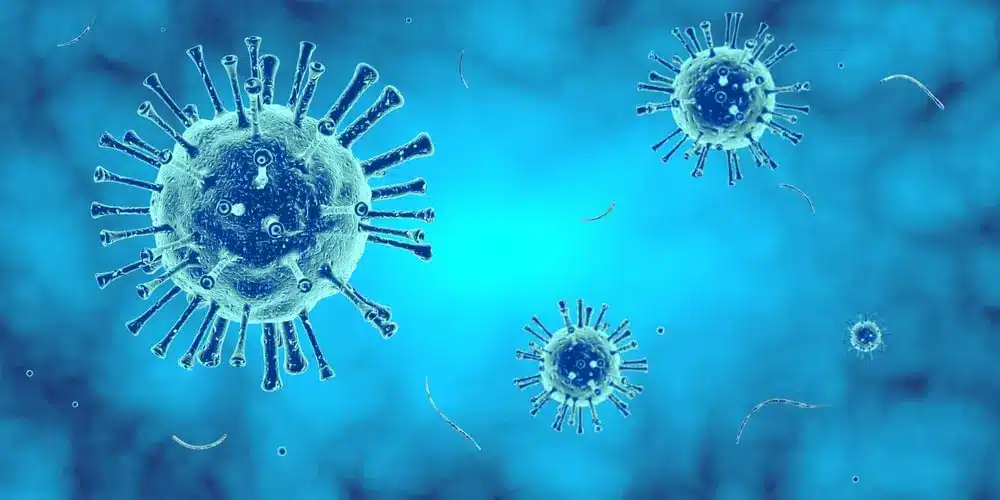About Integrated Disease Surveillance Programme (IDSP):
- It is a decentralized, state-based surveillance programme in the country.
- It was launched with World Bank assistance in November 2004 by the Ministry of Health and Family Welfare, Government of India.
- Objectives: To strengthen/maintain a decentralized laboratory-based IT enabled disease surveillance system for epidemic-prone diseases to monitor disease trends and to detect and respond to outbreaks in the early rising phase through trained Rapid Response Teams (RRTs).
- Programme Components:
- Integration and decentralization of surveillance activities through the establishment of surveillance units at the Centre, State, and District levels.
- Human Resource Development: Training of State Surveillance Officers, District Surveillance Officers, RRT, and other medical and paramedical staff on principles of disease surveillance.
- Use of Information Communication Technology for collection, collation, compilation, analysis, and dissemination of data.
- Strengthening of public health laboratories.
- Inter sectoral coordination for zoonotic diseases.
- Data Management:
- Under IDSP, data is collected on epidemic-prone diseases on a weekly basis (Monday–Sunday).
- The information is collected in three specified reporting formats, namely “S”(suspected cases), “P” (presumptive cases), and “L” (laboratory confirmed cases), filled by Health Workers, Clinicians, and Laboratory staff, respectively.
- IDSP receives disease outbreak reports from the States/UTs on a weekly basis. Even NIL weekly reporting is mandated, and compilation of disease outbreaks/alerts is done on a weekly basis.
- The weekly data gives information on the disease trendsand seasonality of diseases.
- Whenever there is a rising trend of illnesses in any area, it is investigated by the RRTs to diagnose and control the outbreak.
- Data analysis and actions are being undertaken by respective State/District Surveillance Units.
Q1: What are Zoonotic Diseases?
Zoonotic diseases are infections that are spread between people and animals. These infections are caused by germs, such as viruses, bacteria, parasites, and fungi. Some can be severe and life threatening, such as rabies, and others may be milder and get better on their own.
Source: Over 1800 disease outbreaks reported across country last year: Govt
Last updated on June, 2025
→ UPSC Notification 2025 was released on 22nd January 2025.
→ UPSC Prelims Result 2025 is out now for the CSE held on 25 May 2025.
→ UPSC Prelims Question Paper 2025 and Unofficial Prelims Answer Key 2025 are available now.
→ UPSC Calendar 2026 is released on 15th May, 2025.
→ The UPSC Vacancy 2025 were released 1129, out of which 979 were for UPSC CSE and remaining 150 are for UPSC IFoS.
→ UPSC Mains 2025 will be conducted on 22nd August 2025.
→ UPSC Prelims 2026 will be conducted on 24th May, 2026 & UPSC Mains 2026 will be conducted on 21st August 2026.
→ The UPSC Selection Process is of 3 stages-Prelims, Mains and Interview.
→ UPSC Result 2024 is released with latest UPSC Marksheet 2024. Check Now!
→ UPSC Toppers List 2024 is released now. Shakti Dubey is UPSC AIR 1 2024 Topper.
→ Also check Best IAS Coaching in Delhi






















